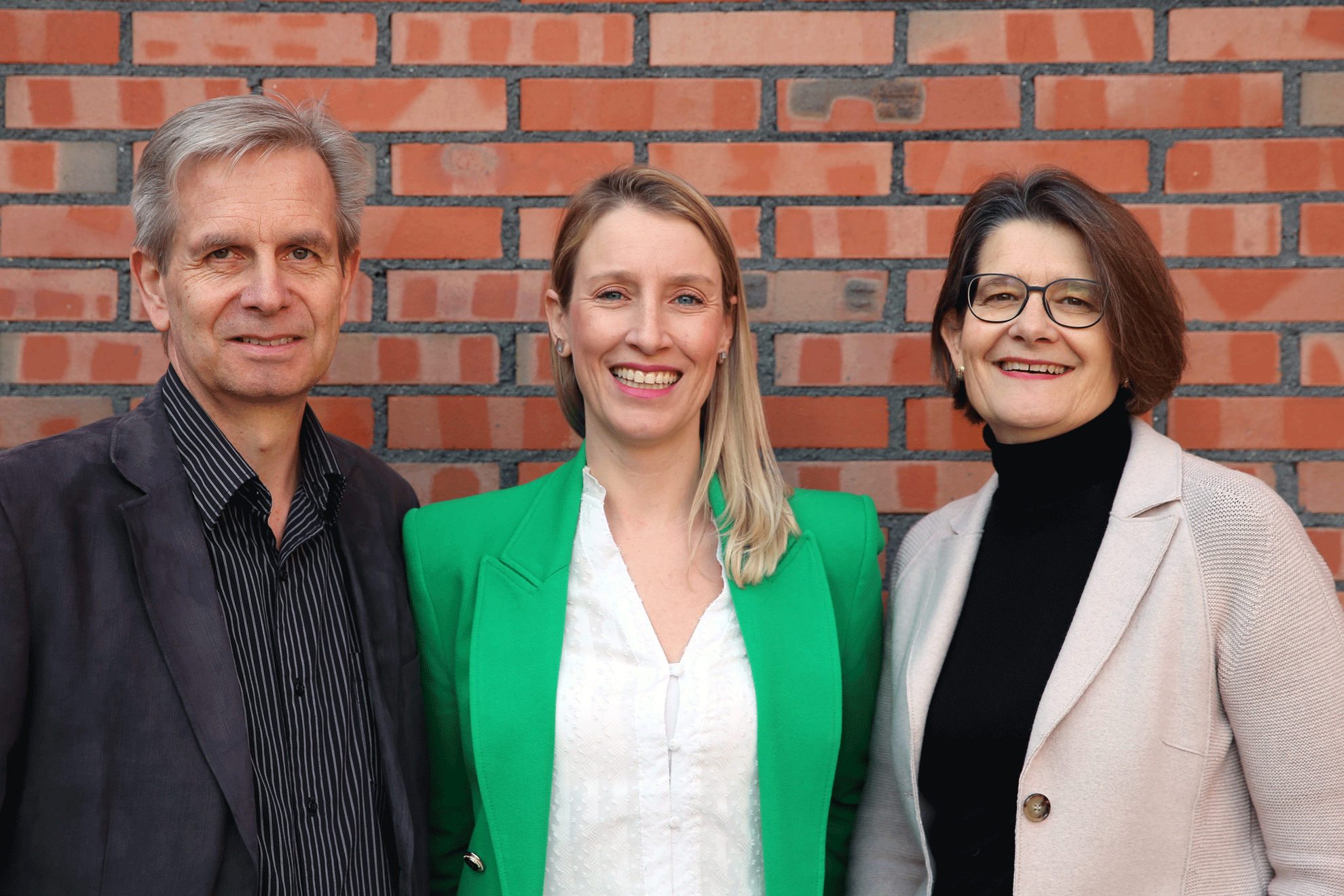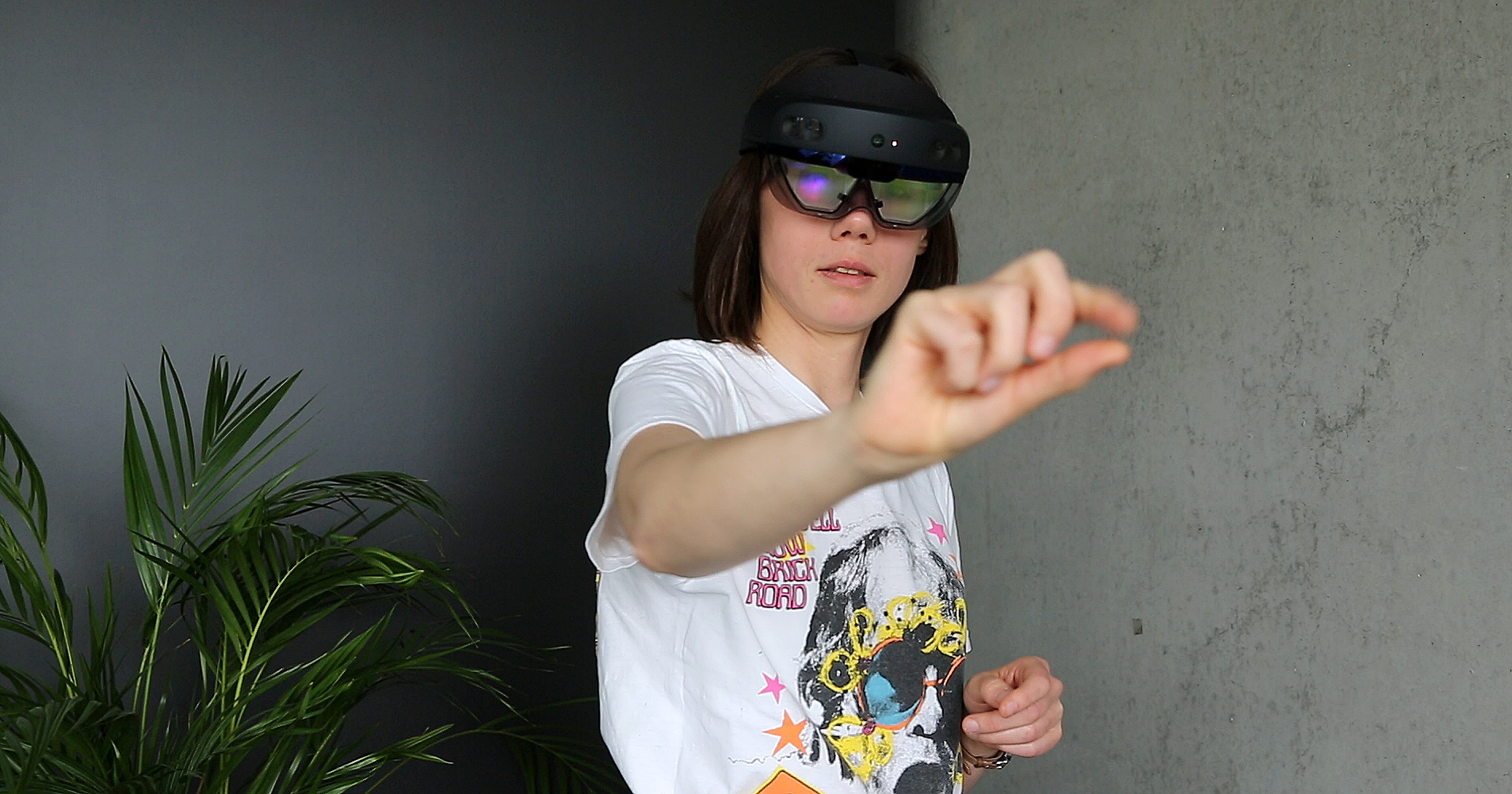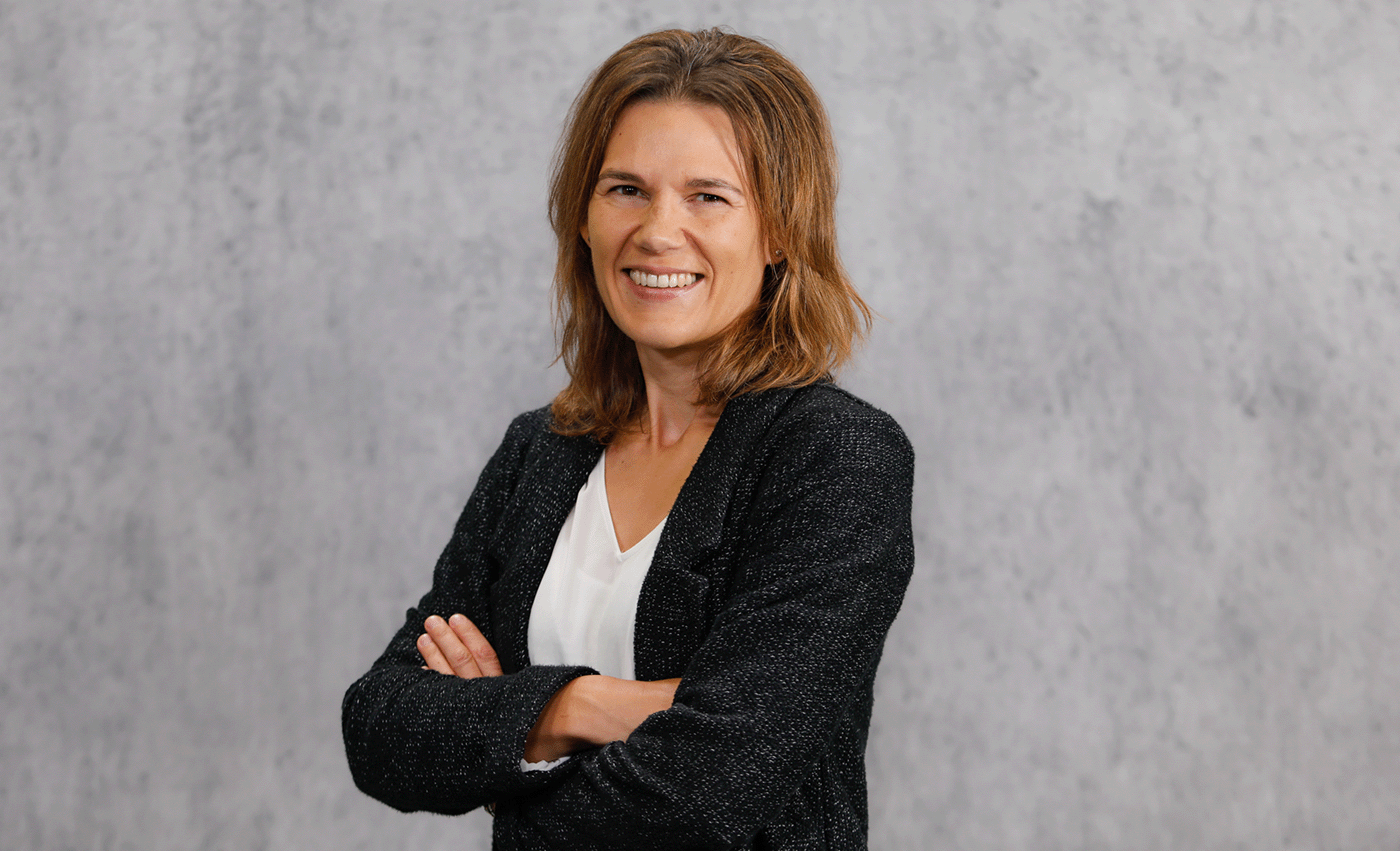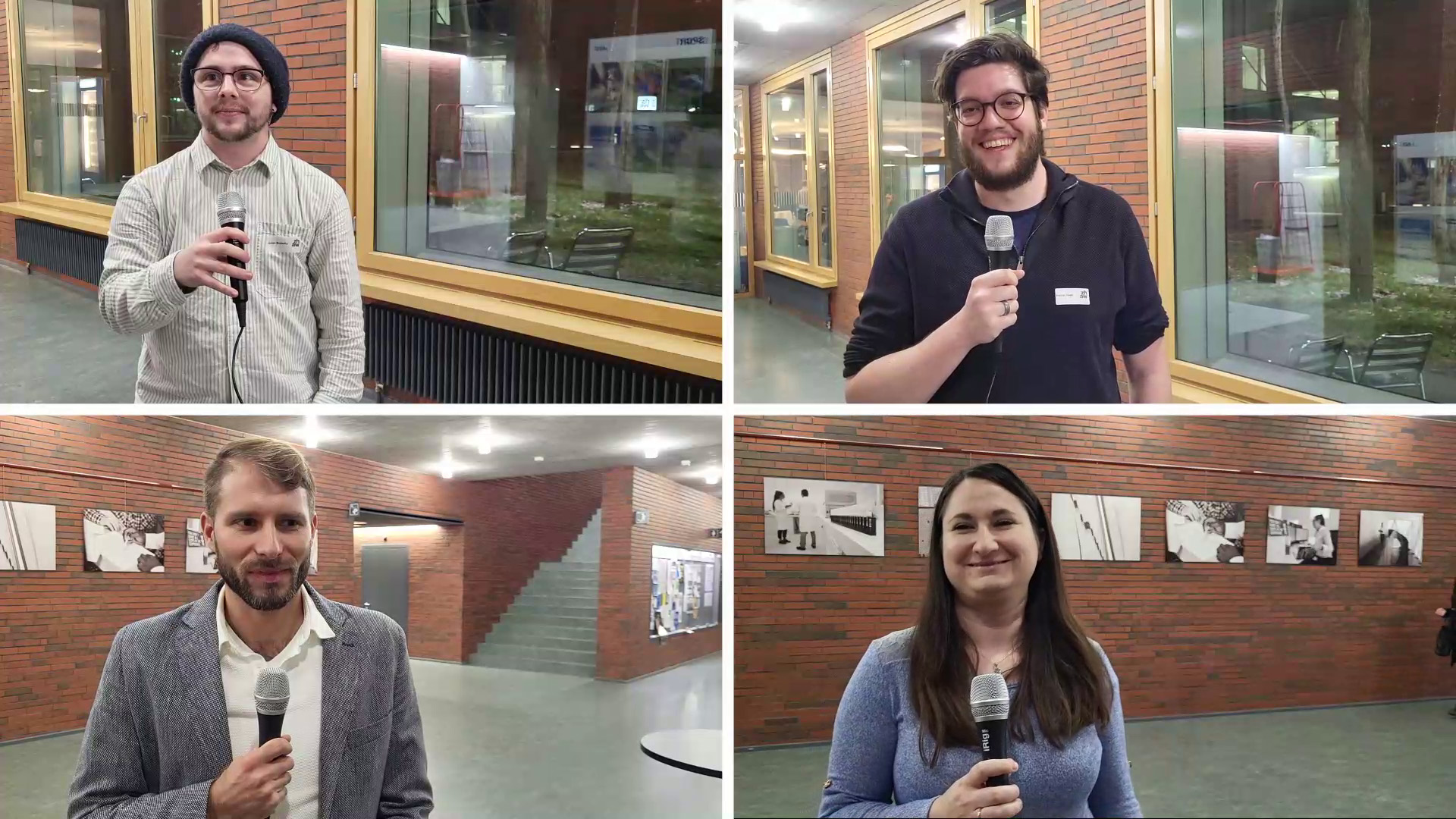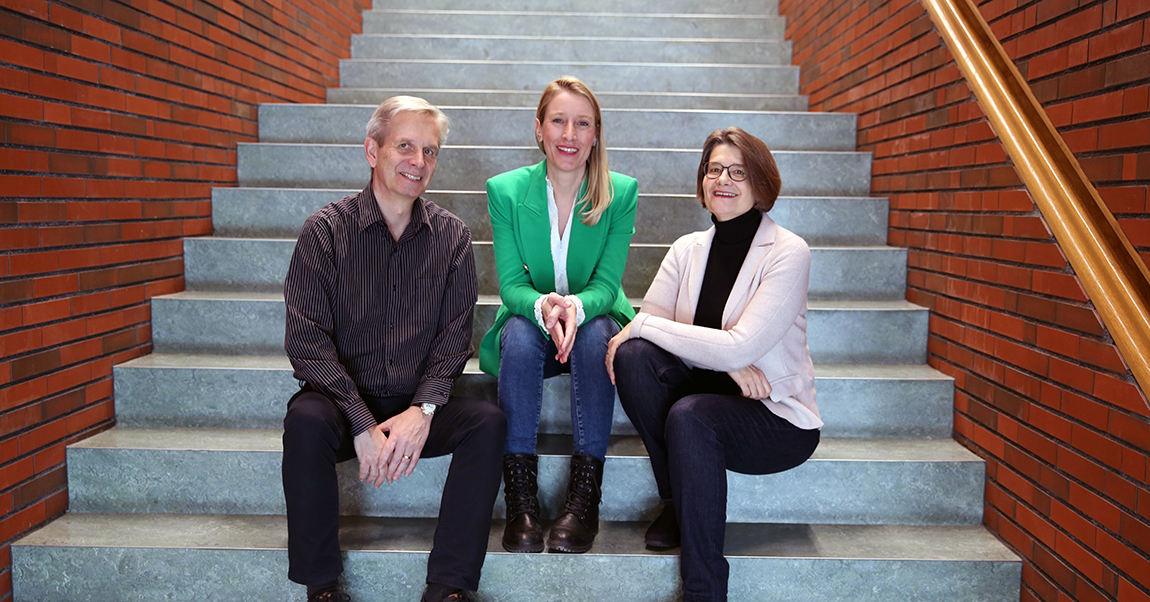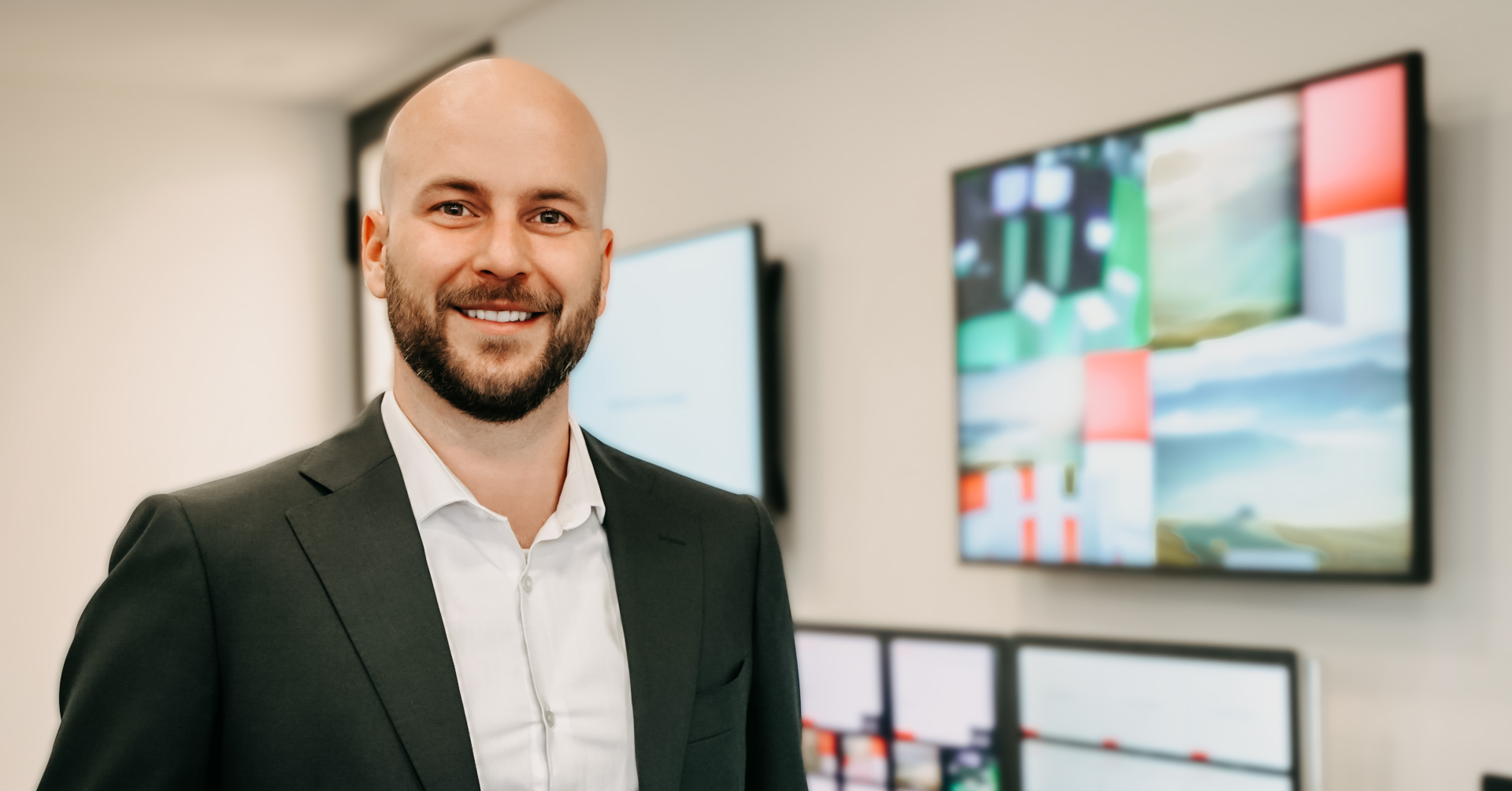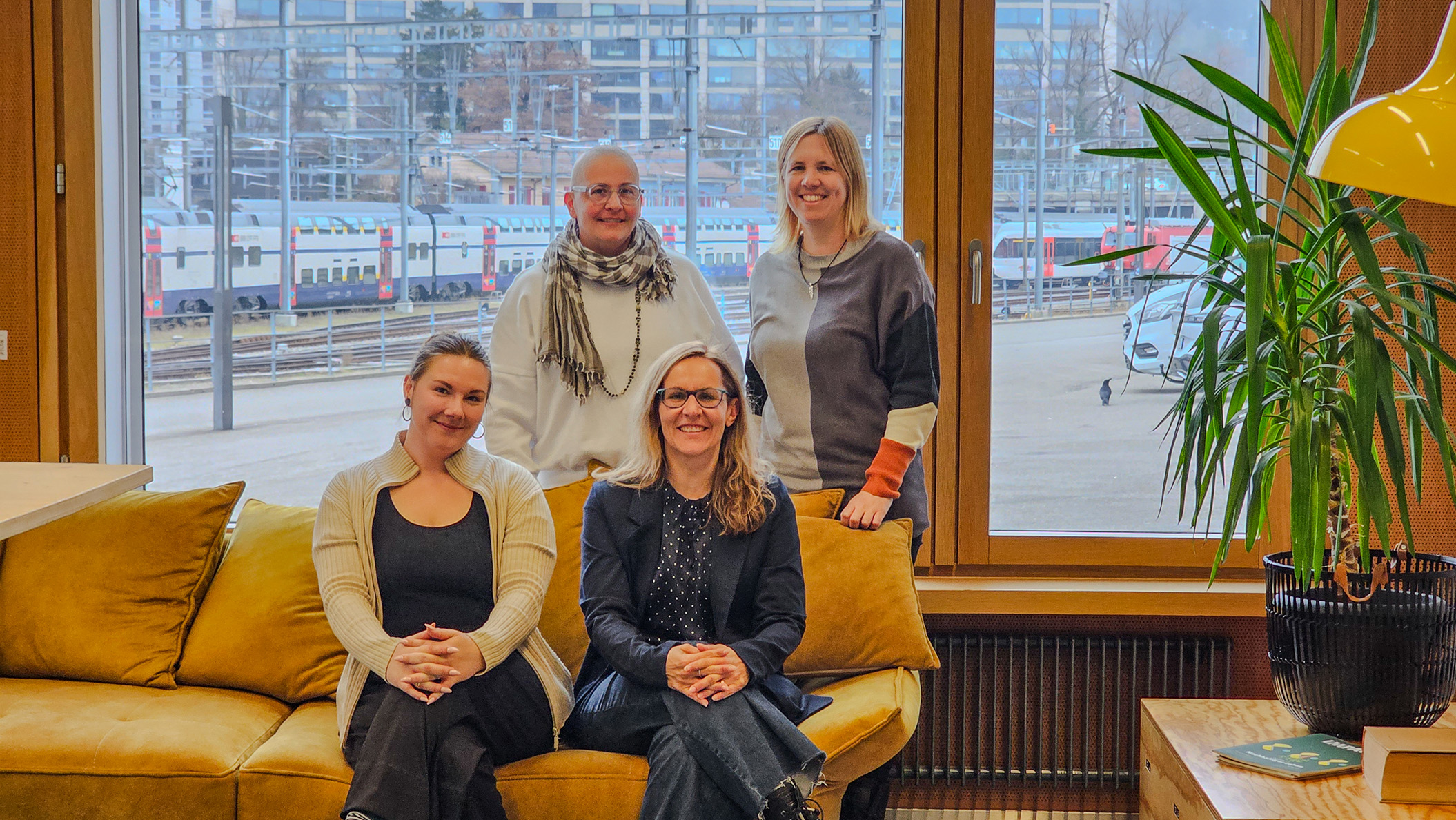
„Passt!“ – Forscherinnnen entwickeln Matching-Tool für Schulen und Lehrpersonen
Wie finden Schulen die passenden Lehrpersonen? Und wie erkennen Lehrpersonen, welche Schule matched? Mit ihrem digitalen Tool «Passt!» setzen die Forscherinnen Colette Schneider, Angelica Hüsser, Julia Grundisch und Carmen Koch neue Impulse in der Rekrutierungskommunikation.
